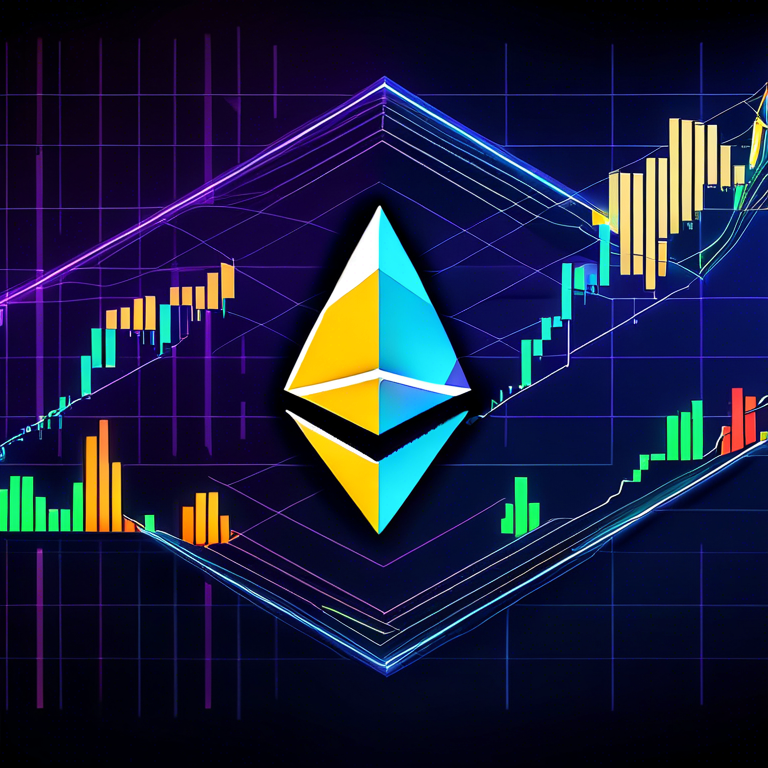This comprehensive article aims to provide a detailed exploration of Ethereum’s performance within financial exchanges, focusing on its price chart analysis. By dissecting Ethereum’s trading patterns, this piece offers valuable insights into its past trends, current standings, and potential future movements.

Ethereum Price Dynamics: A Deep Dive
Ethereum, as a backbone of decentralized finance, continues to evolve, leaving a substantial impact on financial exchanges worldwide. Its price charts offer a window into the myriad of forces playing behind the scenes – be it investor sentiment, regulatory updates, or technological breakthroughs. The Ethereum price chart not only tells a story of volatility and resilience but also serves as a critical tool for investors aiming to navigate the complex waters of cryptocurrency investments.
To understand Ethereum’s price movements, it’s essential to consider the broader economic environment along with crypto-specific factors. Influences such as global economic trends, inflation rates, and shifts in monetary policy can have as much impact on Ethereum’s valuation as the development of Ethereum 2.0 or changes in network usage and gas fees. Recognizing these variables and their potential effects can offer investors a more nuanced view of the Ethereum price chart, allowing for more informed decision-making.
Ethereum and Financial Exchanges: Analyzing Market Behavior
Financial exchanges serve as the battleground where Ethereum’s price is constantly being negotiated and re-evaluated. Through detailed chart analysis, one can discern patterns of bullish and bearish trends, support and resistance levels, and other technical indicators that help predict future price movements. Whether it’s through candlestick formations, moving averages, or RSI levels, each element adds a layer of depth to the analysis, enabling traders to make strategic buying or selling decisions.
In the realm of FinEx (Financial Exchanges
), Ethereum’s liquidity and trading volume present an interesting study of market sentiment. High trading volumes can signal a strong buyer or seller interest, often preceding significant price movements. On the other hand, liquidity indicates how easily Ethereum can be bought or sold on the market without affecting its price too much, which is crucial for executing large transactions.
Future Projections: Deciphering Trends from the Ethereum Price Chart
The future of Ethereum largely depends on a multitude of factors, including but not limited to advancements in blockchain technology, adoption rates, regulatory landscapes, and the overall health of the global economy. Analyzing historical price charts can provide insights into future trends, allowing investors to speculate on price directions based on past patterns. However, it’s crucial to remember that while history can offer guidance, the cryptocurrency market’s inherent volatility makes it unpredictable.
Experts suggest keeping an eye on developments related to scalability and transaction costs, as these have historically been pivotal in influencing Ethereum’s price. Additionally, regulatory news or shifts in investor sentiment towards cryptocurrencies can result in sudden and unpredictable price changes. Hence, staying informed and applying a diversified investment strategy may help mitigate risks associated with Ethereum trading.
In conclusion, the Ethereum price chart on FinEx provides a rich tapestry from which to extract insights and make educated guesses about future movements. By paying close attention to market indicators, investor behavior, and global economic factors, individuals can navigate the ebbs and flows of Ethereum trading with greater confidence. It’s a combination of art and science, requiring diligence, patience, and continuous learning.